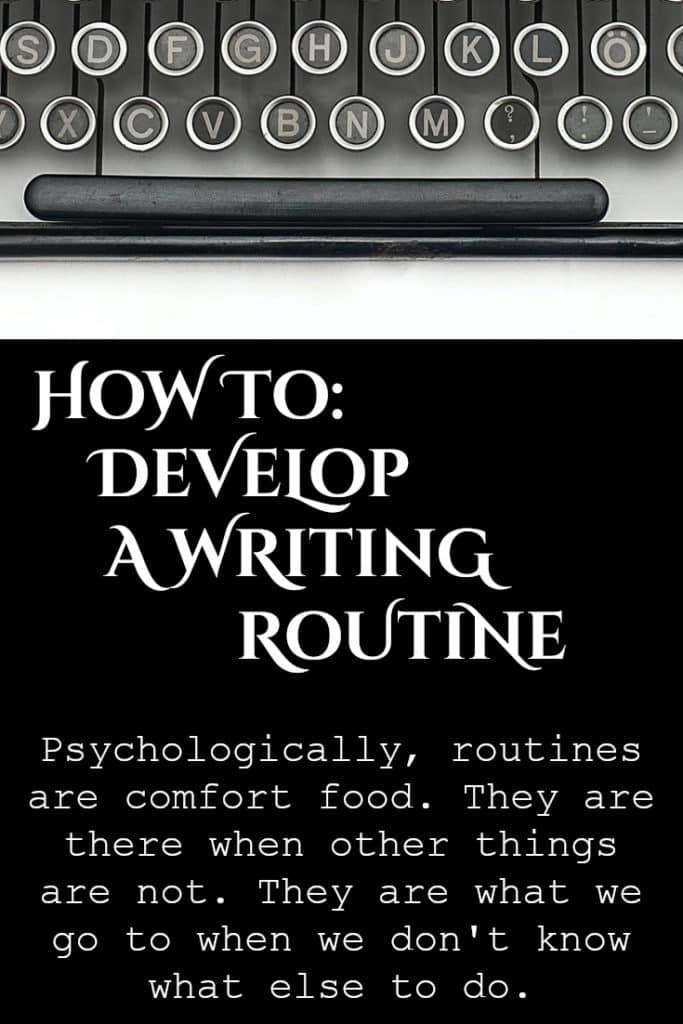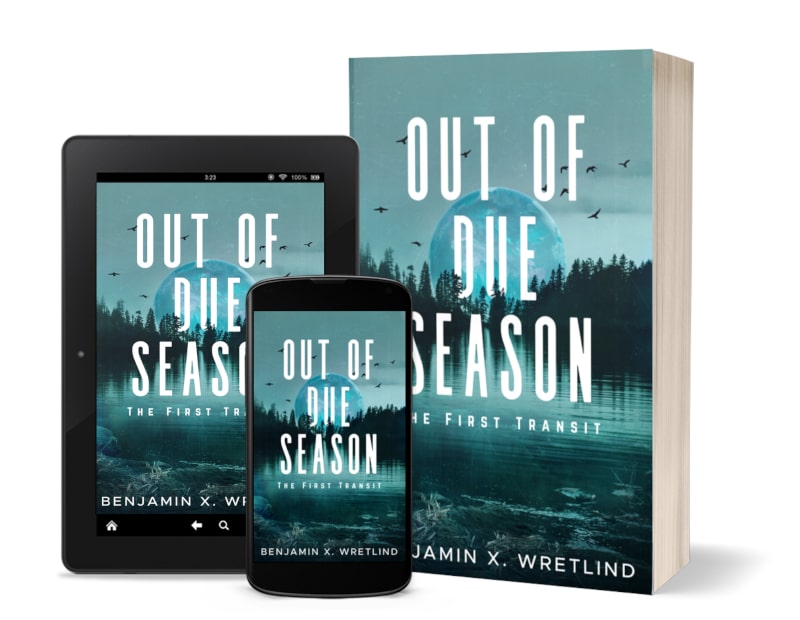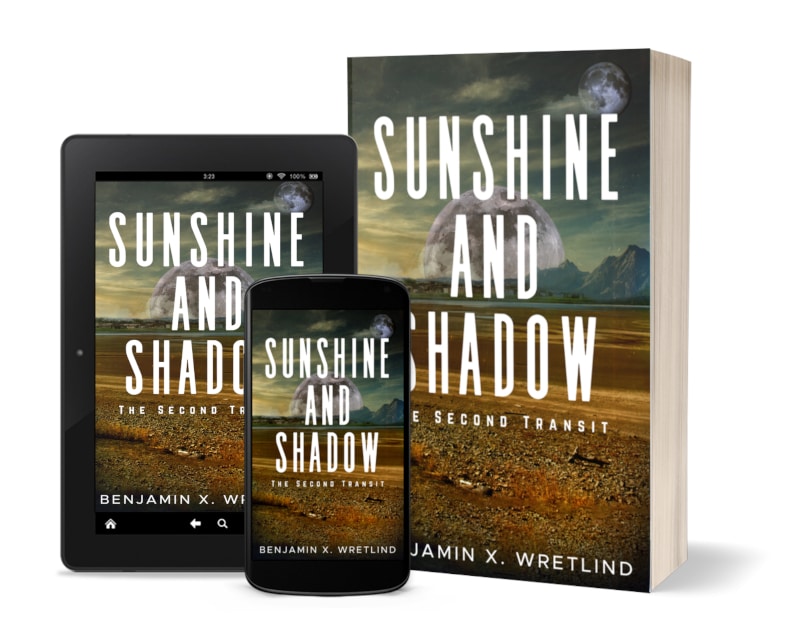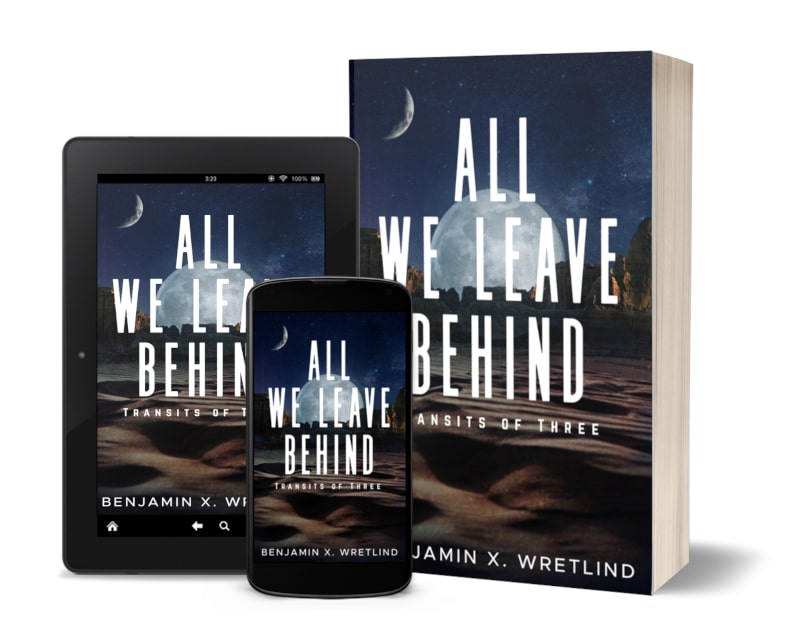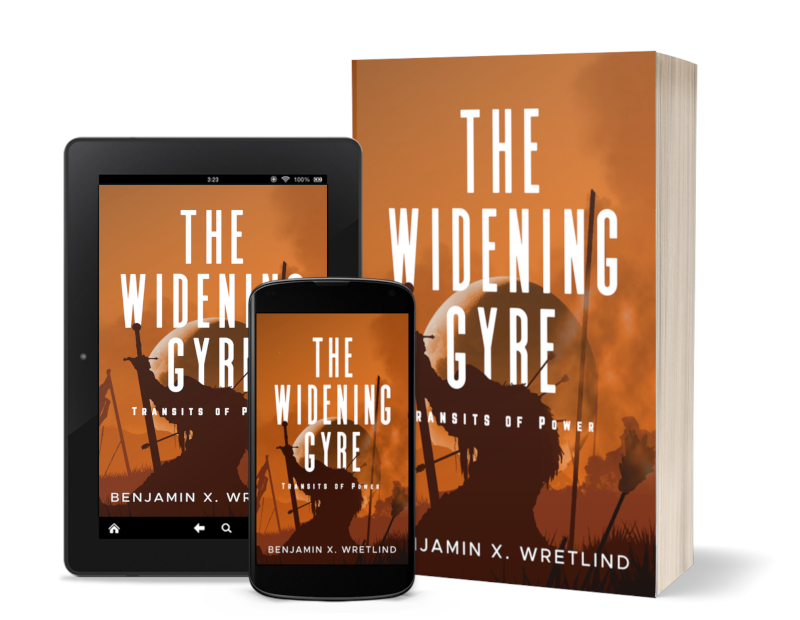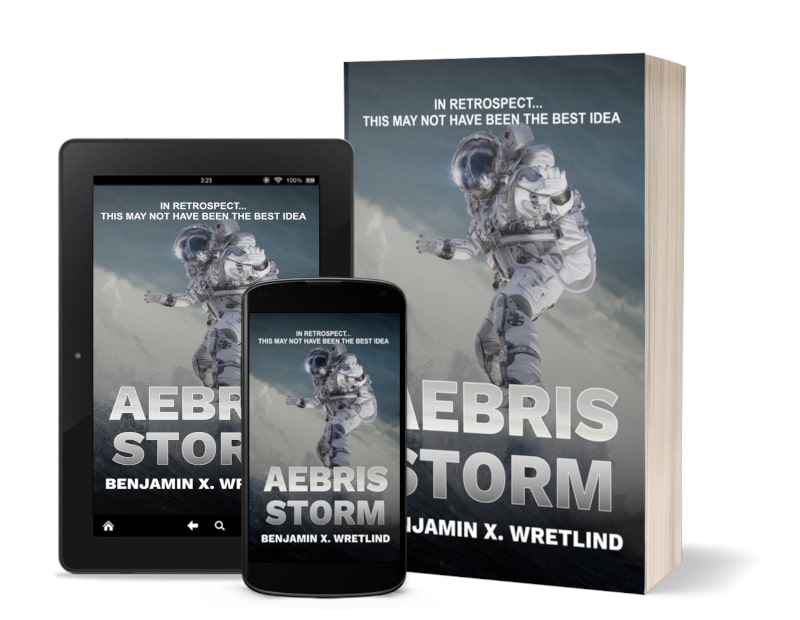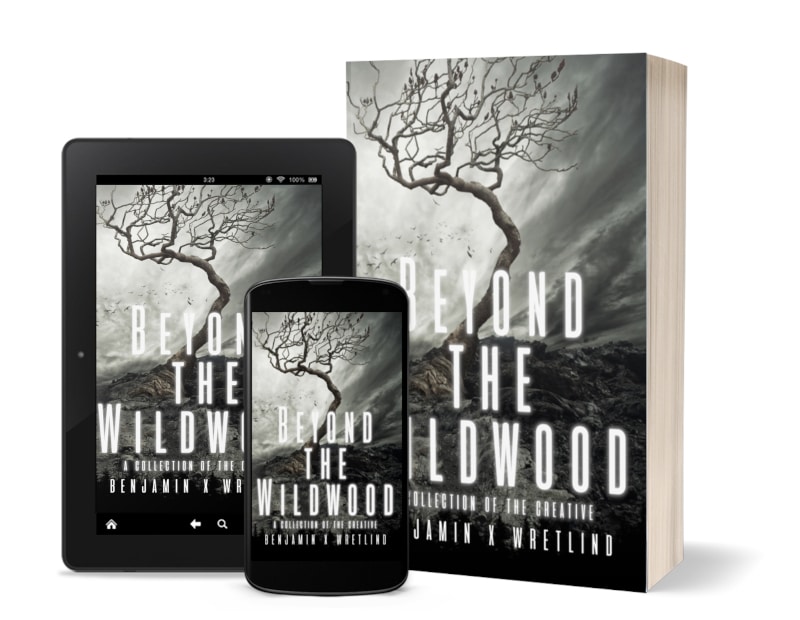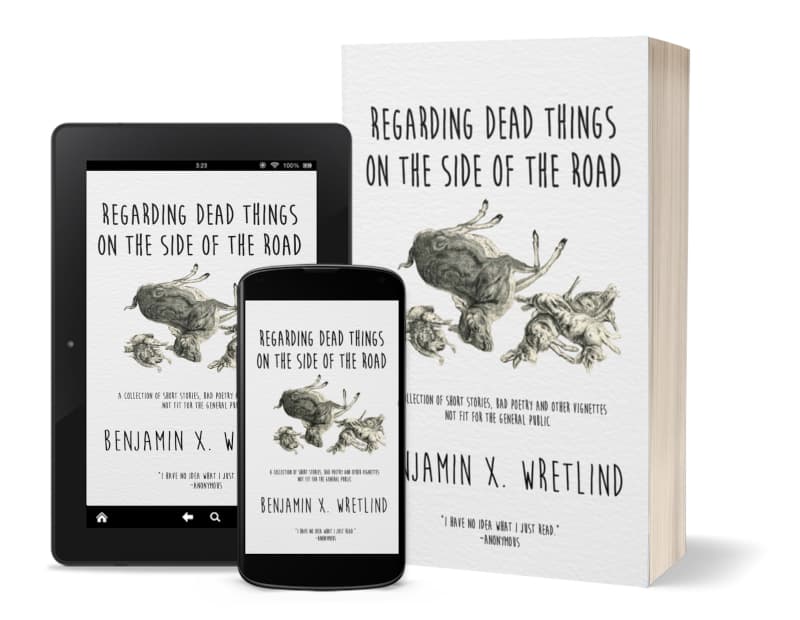How to: Develop a Writing Routine
First, let me say that I have no idea how YOU will develop a writing routine. I only know how I developed one, and at the prompting of someone who asked me a question on social media, I decided to outline it the best I could.
This post is intended to give you an example of how YOU can develop your own routine.
Whether it’s the number of times you stir your coffee (7), the particular brand of toothpaste you use (Colgate® Optic White®) or a time you absolutely must acknowledge when you see it (10:31), psychologically, routines are comfort food. They are there when other things are not. They are what we go to when we don’t know what else to do.
Naturally, developing a routine in anything–be it writing or exercise or coffee making or reading or needlepoint–is important to us as humans.
This is what I was approached with that prompted this deeper dive into my routine:
I’m seeking advice. I have a book I want to write but not sure how to start. Do you write an outline with the story arc? Do you wing it and see where it takes you? Do you write snippets and glue them all together later? Any advice you can give is welcome.
(That someone sought advice from me should be a blog post in itself. Really? Me?)
This was my response (updated for the benefit of this post).
My Routine
- I start with an idea then a brief “blurb.” In other words, what would the back cover say?
- If the goal of a blurb is to tease the potential buyer of your book, couldn’t the blurb also tease the writer?
Here’s an example of the original blurb for Beneath Gehenna:
When an alert goes out to the paying members of the disaster bunker known as New Eden, recently wealthy GEOFFREY and PORTIA THOMPSON grab their survival bag, let the staff of their palatial Plymouth Commonwealth estate go, and make the short journey to the rest of their lives. Joining them are one thousand additional souls, destined to repopulate the Earth and rebuild their once great world.
Shortly after arriving and securing the hatch for good, communications to the outside world are cut off. Everyone is convinced this is the end. With supplies dwindling and nerves shot, GEOFFREY and his new friend ELISA DELAROSA volunteer to get more information and see if they can leave New Eden. When they and four others exit the shelter, however, they find a vastly different world. Gone is their reality, and in its place is their worst nightmare.
PORTIA has abandoned GEOFFREY for a wealthy English bachelor named EVAN HAMILTON but is dangerously jealous of ELISA. Determined to prevent any news from reaching New Eden, PORTIA, together with her new boyfriend, will do anything to make sure her wealth remains intact and GEOFFREY is forever punished. Yet punishment may not be in the cards for PORTIA as GEOFFREY and ELISA hatch a plan of their own.
- Since I also took up screenwriting recently, I’ve been writing loglines, too. These 10-second elevator pitches really help me narrow the focus (and I can use them later when I’m ready to query).
Here’s an example of a logline I wrote for a screenplay/novel I’ve been outlining and will start writing in the coming months:
Two lovers secretly cross paths once every seven years. Now one of them is dead, the other is on the run, and some secrets are bound to get out.
- From there, I start to fill out a template I created. This is my own process and it has worked for five books so far, so I don’t see why I need to change it. The template forces me to list some of the major pieces, such as:
- a working title
- the five main elements of the story–exposition, conflict, rising action, climax, denouement
- (or if I’m really ambitious, the 17 steps of a Heroes Journey)
- a poorly-written synopsis with nothing hidden
- an outline that would make my high school English teachers proud
- With the template and outline done, I have a spreadsheet template that helps me keep track of where I’m supposed to go. I try to fill in the gaps with chapters or sections of chapters. Nothing fancy, just what happens in this scene or that scene. You can click on the link in this paragraph to see more about that.
- Finally, I wing it.
What’s the End Result?
The end result is a worksheet that only slightly resembles the spreadsheet which mostly mirrors the actual story.
Everything can be updated as you see fit. The writing process is all about change and there’s nothing that says you have to follow exactly what you outlined.
Really.
It’s not a business assignment.
I’ve tried other ways, such as just seeing where the story takes me (what some people call “being a pantser”), but I need a little structure which helps to set self-imposed deadlines.
So, what about you? Do you have a process? What is it?


